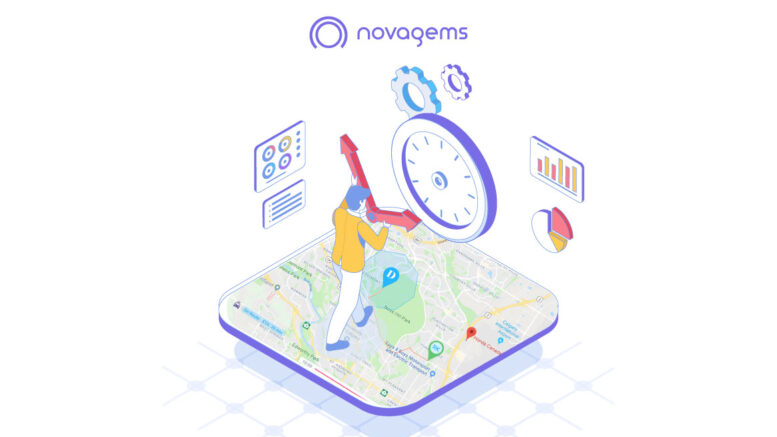In the realm of security services, the landscape is rapidly evolving with advancements in technology. Traditional guard patrols, once the cornerstone of security monitoring, are now being eclipsed by more efficient and reliable alternatives—guard tracking systems. These systems not only enhance security measures but also streamline operations and provide real-time insights into security activities. Let’s delve into why traditional guard patrols are becoming outdated and how guard tracking systems are revolutionizing the security industry.
The Limitations of Traditional Guard Patrols
Traditional guard patrols typically involve security personnel making rounds to check designated areas manually. While this method has been effective to some extent, it comes with several inherent limitations:
Human Error: Guards may miss checkpoints or fail to log activities accurately, compromising the reliability of patrol data.
Limited Visibility: Supervisors have limited visibility into guard activities in real-time, making it challenging to respond promptly to incidents.
Resource Intensive: Deploying multiple guards for patrols can be costly and may not always guarantee comprehensive security coverage.
Reporting Inefficiencies: Paper-based reporting systems are prone to errors, delays in reporting incidents, and difficulties in data analysis.
The Rise of Guard Tracking Systems
Guard tracking systems leverage technology to overcome the shortcomings of traditional patrols. These systems employ a variety of technologies such as GPS tracking, RFID (Radio Frequency Identification), and mobile applications to monitor and manage security operations effectively:
Real-time Monitoring: GPS-enabled tracking allows supervisors to monitor guard movements and activities in real-time via centralized dashboards or mobile apps.
Geofencing and Checkpoints: Geofencing technology defines virtual boundaries, ensuring guards adhere to designated patrol routes and checkpoints. This ensures thorough coverage and accountability.
Incident Reporting: Mobile applications enable guards to report incidents instantly with timestamps, photos, and detailed descriptions, enhancing accuracy and transparency.
Data Analysis and Insights: Automated data collection facilitates comprehensive analysis of patrol patterns, incident trends, and operational efficiencies, enabling informed decision-making.
Benefits of Guard Tracking Systems
Implementing guard tracking systems offers numerous benefits that significantly enhance security operations and client satisfaction:
Enhanced Security: Real-time monitoring and alerts enable swift response to security breaches or incidents, minimizing potential risks.
Improved Accountability: Detailed activity logs and automated reporting ensure accountability among guards and provide a verifiable record of patrols.
Cost Efficiency: Reduced manpower requirements and optimized patrol routes contribute to cost savings over time.
Client Transparency: Clients benefit from transparent reporting and access to real-time data, fostering trust and satisfaction in security services.
Integration Capabilities: Many guard tracking systems integrate seamlessly with existing security infrastructure, enhancing overall operational efficiency.
Case Studies and Industry Trends
Across various industries, the adoption of guard tracking systems has proven transformative:
Retail Sector: Retail chains use guard tracking systems to monitor store perimeters, prevent theft, and ensure customer safety.
Commercial Buildings: Property management companies deploy these systems to monitor access points, respond to emergencies, and maintain building security.
Event Security: Major events leverage guard tracking systems to manage crowds, monitor restricted areas, and coordinate emergency responses effectively.
Future Outlook and Adoption
As technology continues to advance, the future of security lies in intelligent, data-driven solutions. Guard tracking systems represent a pivotal shift towards proactive security measures that prioritize efficiency, accuracy, and scalability. Key trends shaping the future include:
AI and Predictive Analytics: Integration of artificial intelligence enhances predictive capabilities, allowing preemptive security measures based on historical data and patterns.
IoT Integration: Internet of Things (IoT) devices and sensors expand the scope of security monitoring, from environmental sensors to wearable tech for personnel.
Cloud-based Solutions: Cloud technology facilitates remote access, scalability, and data storage, empowering security teams with real-time insights from any location.
Conclusion
In conclusion, traditional guard patrols are being phased out in favor of advanced guard tracking systems that offer enhanced security, operational efficiency, and client satisfaction. By leveraging technology such as GPS tracking, mobile applications, and real-time monitoring, security providers can elevate their capabilities and adapt to evolving security challenges effectively.
For security firms and businesses alike, embracing guard tracking systems isn’t just about replacing outdated methods—it’s about embracing innovation to deliver superior security solutions in a rapidly changing world.

Be the first to comment on "Why Traditional Guard Patrols Are Outdated how guard tracking systems are revolutionizing the security industry"